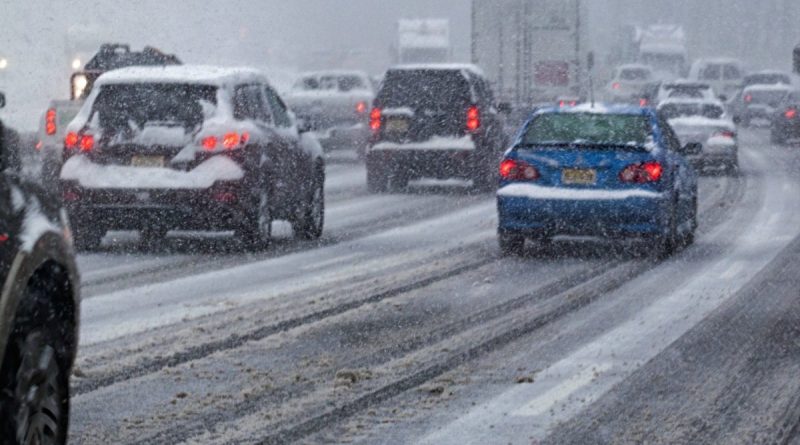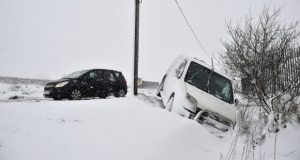Driving in Snow and Ice
As most of you know, Colorado is prone to snow and ice. And while it may not last very long, knowing how to drive in these conditions is extremely important. Nearly 6,000 people are killed in weather-related traffic accidents annually, according to the U.S. Department of Transportation.
First off, no one likes to hop into a freezing, cold car. If you decide to warm up your car ahead of time, make sure it is NOT in an enclosed space. Open your garage door so that the garage does not fill with carbon monoxide. Secondly, lock your doors so that someone cannot steal your vehicle. It is the same concept when your car is covered in snow–make sure your exhaust pipe is clear before starting the vehicle because deadly carbon monoxide could fill your car. You should also check your tire pressure. Cold weather can reduce the amount of pressure in your tires, which could lead to a dangerous blowout on the road or cause a flat that will leave you stranded.
If you must drive when the roads are snowy, AAA provides these tips:
- Accelerate and decelerate slowly. Applying the gas slowly to accelerate is the best method for regaining traction and avoiding skids. Don’t try to get moving in a hurry. And take time to slow down for a stoplight. Remember: It takes longer to slow down on icy roads.
- Drive slowly. Everything takes longer on snow-covered roads. Accelerating, stopping, turning – nothing happens as quickly as on dry pavement. Give yourself time to maneuver by driving slowly.
- The normal dry pavement following distance of three to four seconds should be increased to eight to ten seconds. This increased margin of safety will provide the longer distance needed if you have to stop.
- Know your brakes. Whether you have antilock brakes or not, the best way to stop is threshold breaking. Keep the heel of your foot on the floor and use the ball of your foot to apply firm, steady pressure on the brake pedal.
- Don’t stop if you can avoid it. There’s a big difference in the amount of inertia it takes to start moving from a full stop versus how much it takes to get moving while still rolling. If you can slow down enough to keep rolling until a traffic light changes, do it.
- Don’t power up hills. Applying extra gas on snow-covered roads just starts your wheels spinning. Try to get a little inertia going before you reach the hill and let that inertia carry you to the top. As you reach the crest of the hill, reduce your speed and proceed down hill as slowly as possible.
- Don’t stop going up a hill. There’s nothing worse than trying to get moving up a hill on an icy road. Get some inertia going on a flat roadway before you take on the hill.
- Stay home. If you really don’t have to go out, don’t. Even if you can drive well in the snow, not everyone else can. Don’t tempt fate: If you don’t have somewhere you have to be, watch the snow from indoors.
Here’s a brochure from AAA with more tips
If you can stay home and avoid driving under these conditions, that would be ideal. But if you must drive, please take into consideration some of these tips to help you make it safely to your destination.







Pingback: 6 Reasons to Purchase Property in Colorado Springs | Living Colorado Springs